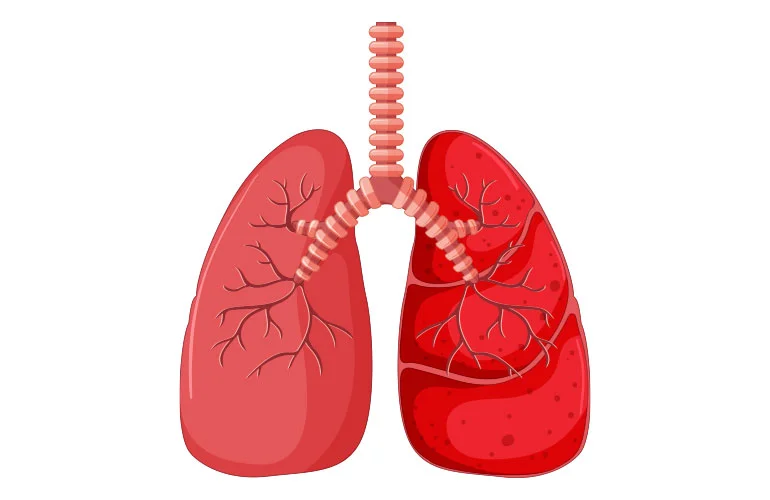- Home
- Departments
Departments Of Pulmonary Haemorrhage
Pulmonary -HaemorrhagePulmonary hemorrhage, also known as pulmonary bleeding or lung bleeding, refers to the abnormal and excessive bleeding within the lungs. It can occur suddenly and be life-threatening if not promptly treated. Pulmonary hemorrhage can result from various underlying conditions, including infections, trauma, vascular abnormalities, autoimmune diseases, or certain medications.
Key Features of Pulmonary Hemorrhage:
Symptoms: The symptoms of pulmonary hemorrhage can vary depending on the severity and cause of the bleeding. Common symptoms may include coughing up blood (hemoptysis), shortness of breath, chest pain, rapid breathing (tachypnea), cough, and in severe cases, symptoms of shock such as low blood pressure, rapid heart rate, and confusion.
Causes: Pulmonary hemorrhage can be caused by a wide range of conditions affecting the lungs or blood vessels. These may include infections such as pneumonia, tuberculosis, or fungal infections; autoimmune diseases such as vasculitis (e.g., granulomatosis with polyangiitis); pulmonary embolism (blood clot in the lungs); lung cancer; trauma or injury to the chest; pulmonary hypertension; congenital vascular abnormalities; or adverse reactions to certain medications.
Diagnosis: Diagnosis of pulmonary hemorrhage typically involves a combination of medical history, physical examination, imaging studies (such as chest X-ray, CT scan, or pulmonary angiography), laboratory tests (such as blood tests or sputum analysis), and bronchoscopy to visualize the airways and collect samples for further evaluation.
Management: Treatment of pulmonary hemorrhage depends on the underlying cause, severity of symptoms, and extent of bleeding. In acute and life-threatening cases, immediate interventions may be necessary to stabilize the patient and control bleeding. Treatment may include oxygen therapy, fluid resuscitation, blood transfusions, bronchoscopic interventions (such as bronchial artery embolization or bronchial artery ligation), or surgical procedures (such as lobectomy or pneumonectomy) to stop the bleeding and remove damaged lung tissue. Management of underlying conditions or contributing factors is essential to prevent recurrence of pulmonary hemorrhage.
Overall, pulmonary hemorrhage is a serious and potentially life-threatening condition characterized by abnormal bleeding within the lungs. Prompt diagnosis, appropriate management, and treatment of underlying conditions are essential for optimizing outcomes and preventing complications in individuals with pulmonary hemorrhage.

